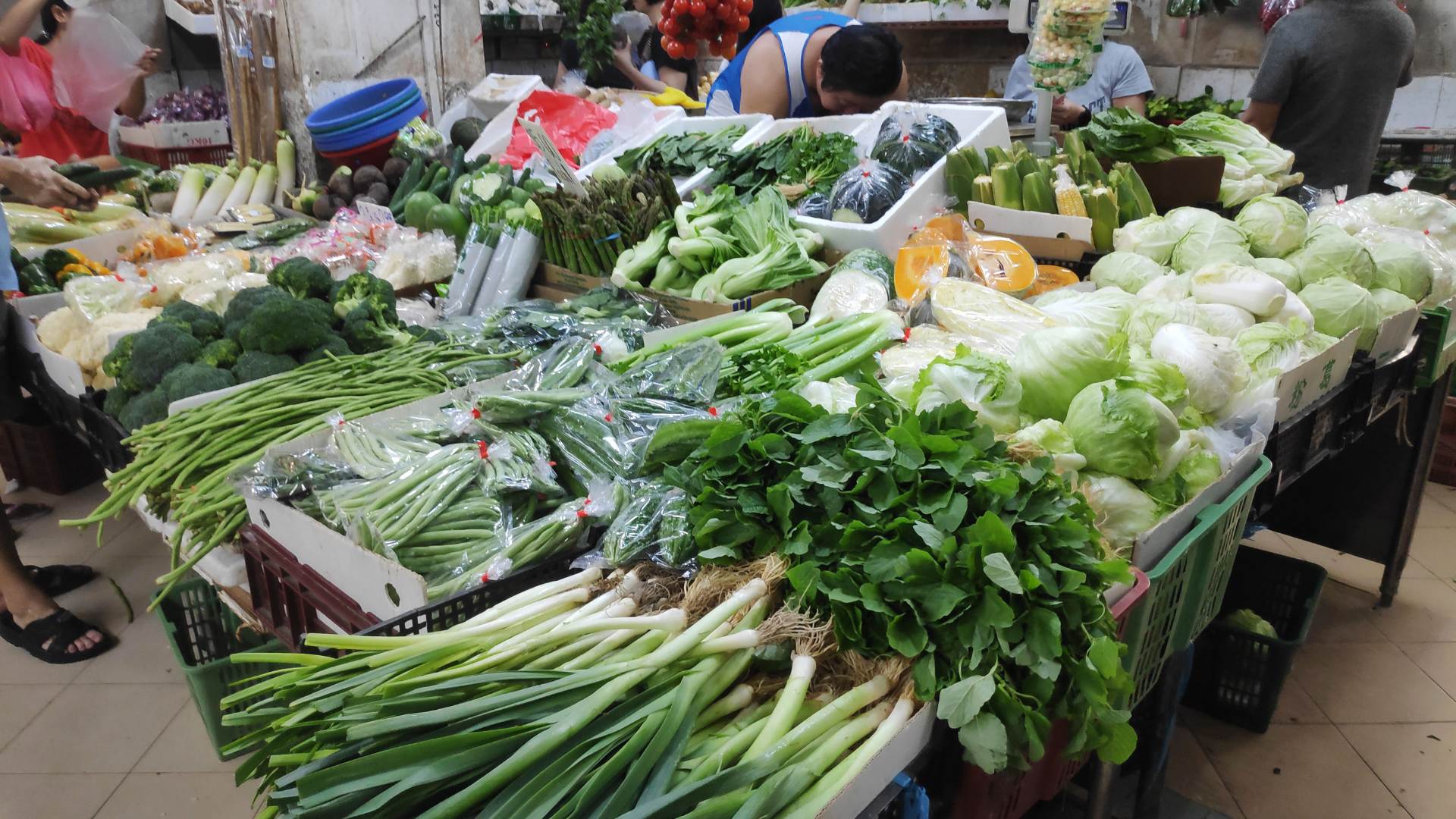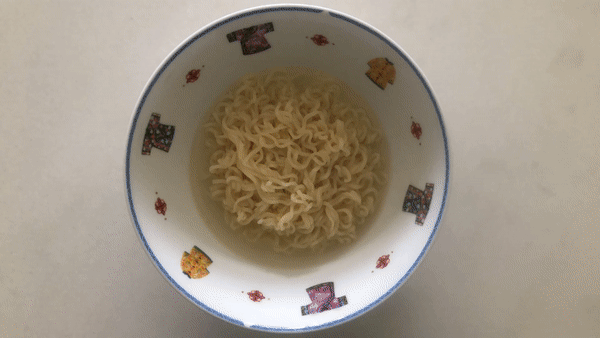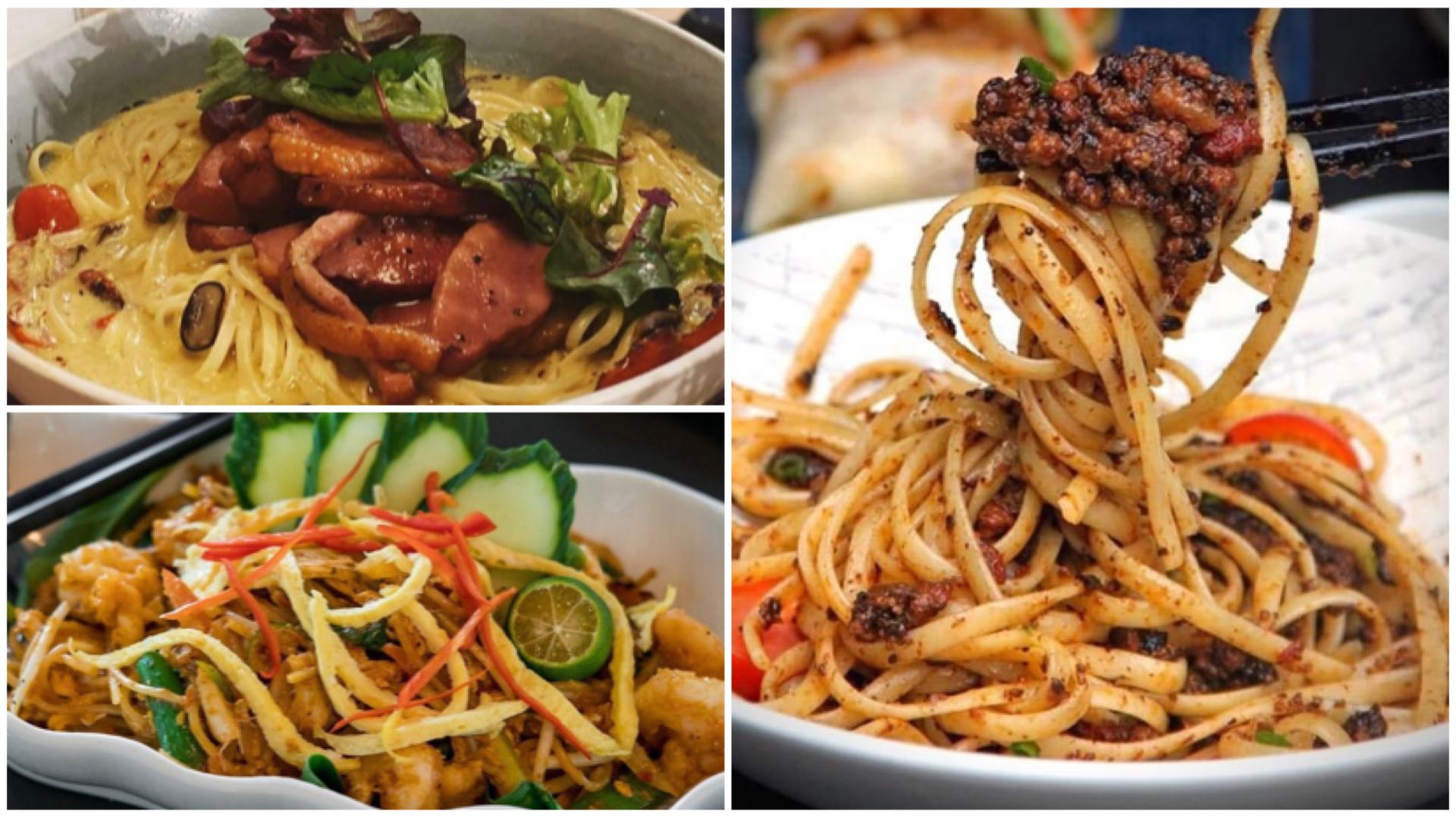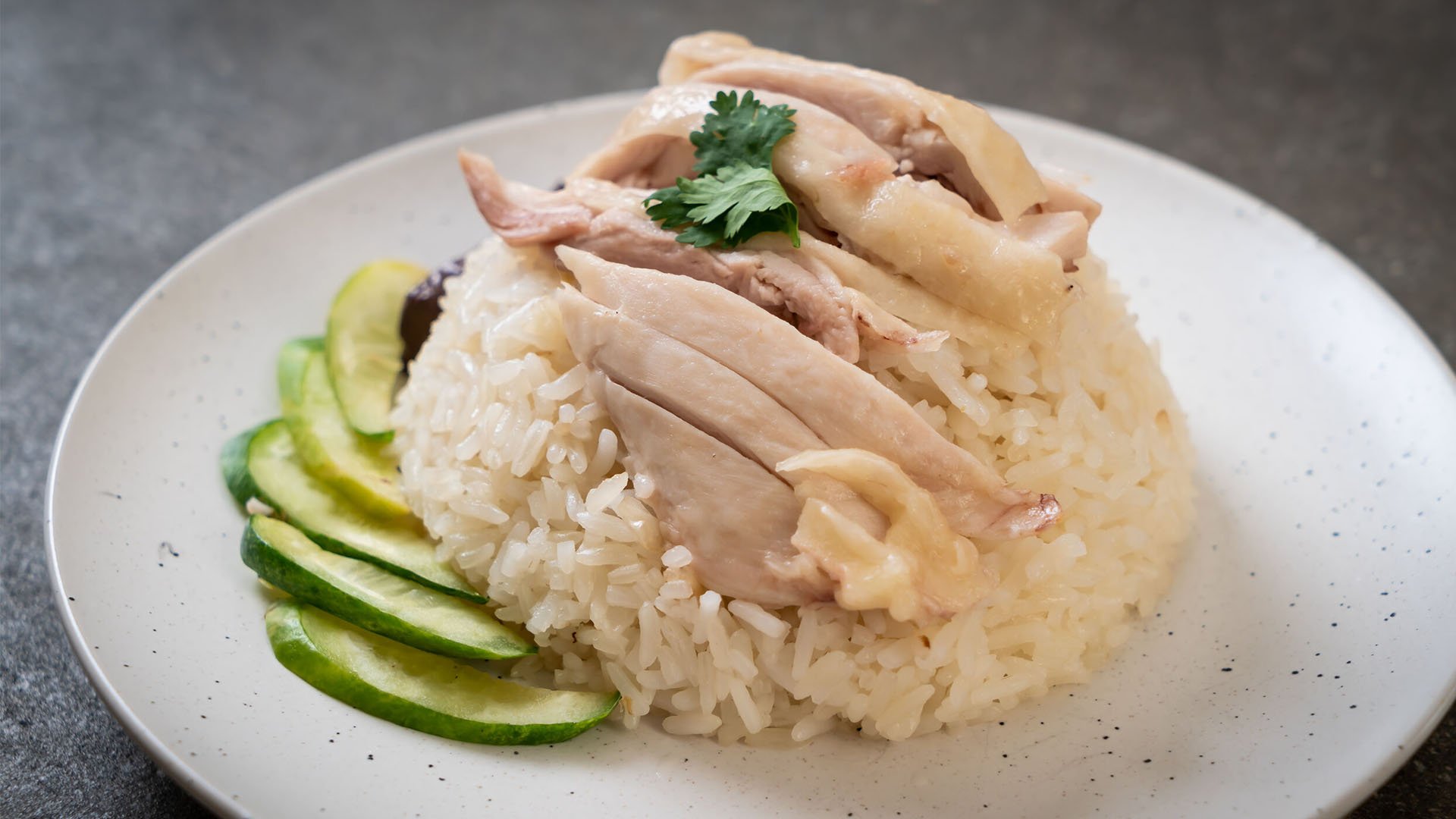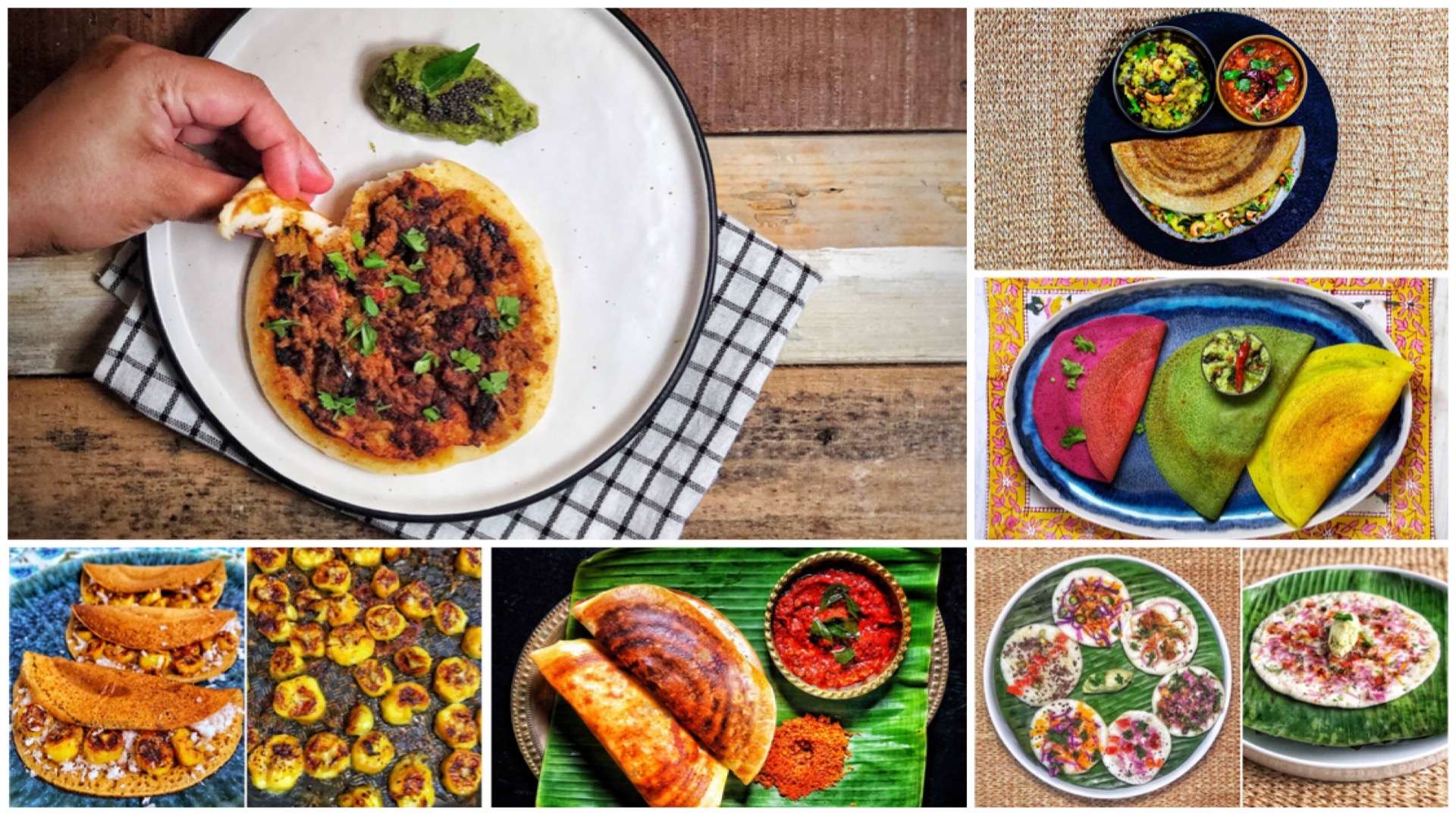Will Wet Markets In Singapore Ever Die Out?
Remember wet market novice-turned-cookbook author Pamelia Chia? The former Candlenut chef, who now works at a restaurant in Melbourne, has tips aplenty for navigating Singapore's labyrinthine wet markets in her book, Wet Market To Table.
Her book contains novel recipes for traditional, oft-forgotten ingredients like fingerroot and tatsoi. And perhaps one reason they're so overlooked is that wet markets are increasingly becoming obsolete. An NEA survey from 2019 found that 39% of respondents had not been to a wet market in the last year (as compared to 33% in 2016 and 23% in 2019).
At 28 years old, Chia is one of the most prominent young voices championing wet markets. But even then, her first few solo visits weren't a walk in the park. So we asked her how she learned to love wet markets, as well as what it could take to save them.
Do you think wet markets will ever die out? In other interviews, you’ve mentioned technology as one way that wet markets could win a new generation of market-goers, but in terms of mindsets, would could help rally our young people to save wet markets?
I think wet markets will die out completely in time. The younger generation hardly cooks, let alone with indigenous produce, and is uncomfortable in a place that isn’t air-conditioned or well-lit. To save wet markets, we have to shift away from using social media or ‘Instagrammability’ as a barometer of how precious or valuable something is. When I’m in a wet market, I love taking in the smell of fresh tofu, the sight of aunties picking at beansprouts, fresh vegetables sprawling all over a stall, the sound of Chinese radio, the image of lotus buds in pails… The intrinsic value of the wet markets can never be completely captured in a photograph or even an Instastory because you truly have to immerse yourself in it.
Wet markets being a vignette of the sensibilities of a generation, will eventually die, because our generation’s tastes and preferences are completely different. Maybe there will be a market in the future selling regional produce, but it will probably look Muji-esque, tap on technology to make transactions more seamless and play folk music? Ultimately, to me, maintaining the form of wet markets is secondary to preserving its spirit. Wet markets are all about the kampung spirit, ren qing wei (human warmth), and human connection. If we are able to celebrate regional produce in a space that encourages community to thrive, I believe that’s good enough.
Before you became a regular market-goer, you found wet markets foreign and intimidating. How did you get past those first few humbling experiences to become a regular?
When I first started re-visiting wet markets, it was foreign and intimidating because it was such a different world from the world of academia – everything felt so in-your-face and visceral. Dialects and Mandarin are the main languages spoken at wet markets. You had to haggle, banter and negotiate. It was such a far cry from a shopping experience at the supermarket, where you can shop for your needs with no need to speak with anyone, especially if you use a self-checkout machine.
I think one of the best things to do to feel comfortable at the wet market is to approach it from a position of humility and as someone who would like to know more. I used to stand in a corner googling when I came across an unknown ingredient rather than opening my mouth to ask. But when I was able to ask the auntie next to me about how she was cooking a certain ingredient that night or ask the vendor what’s the best way to prepare something, it takes the pressure off myself to feel like I had to know as much as the experienced aunties beside me.
The other thing I did to feel more comfortable at the wet markets was to go regularly. When writing the book, I was at a different wet market almost everyday to shoot the photos and to source ingredients. I was so familiar with wet market prices that once when I was at Tekka market, arguably one of the most touristy markets in Singapore, buying soursop, I had the confidence to say no and walk away when the vendor was overcharging me. The vendor later chased after me and asked me what price I wanted – I simply replied by quoting the usual rate that I’ve been seeing the ingredient being sold at heartland wet markets and she sold it to me discreetly at that price.
If going to the wet market really terrifies you, what I’d recommend is to follow your mom or your grandmother to her usual wet markets. In so doing, the vendors begin to recognize you and treat you as a regular by extension.
What is one local ingredient that you feel deserves more love?
Celtuce. Celtuce is the one ingredient that Chinese Singaporeans grew up eating out of jars as ‘pickled cai xin’, as an accompaniment to porridge. But raw, it is a beautiful translucent jade green and can be spiralized into the most beautiful noodles. It has the flavor of pandan and is refreshing when it is eaten chilled and raw. I like it pickled, too, to accentuate its crunch. In China, it is also used in stir-fries, so it is a great all-rounder in the kitchen.
We checked out your food heritage account @sgpnoodles and are really looking forward to the release of your 2021 planner! What can you tell us about it?
The idea for 2021 planner was conceptualized when I first moved to Melbourne three years ago. Being away from home, I felt disconnected from the festivals and rhythms of life that I had been used to. When you’re back home, you take the bakzhangs on the table for granted when dumpling festival rolls along. You eat festive foods without necessarily knowing of their symbolic meaning. You lack the internal clock that aunties have to know when it’s time to start crimping pineapple tarts. I wanted to consolidate a calendar that compiles culturally important dates in Singapore (beyond the short list of public holidays), and the festive foods that I could make and eat while abroad to quell a little of that homesickness that I felt… It is truly a wonderful feeling to be wrapping and eating bakzhangs the same time my Chinese family and friends back home are, even though we are apart.
Eventually, upon speaking with a local designer Qin Yi, the idea has grown into a planner. Each month, there is a story written by a Singaporean of a festival in that month, and a recipe of a dish to celebrate the season. It’s funny because growing up in Singapore, you would think that we would know a lot about our neighbours from other cultures, but reading the stories contributed by Singaporeans of all races and cultures – Eurasian, Chinese, Indian, Malay, Parsi, Peranakan, Indian Peranakan – has shown me just how much I don’t know! For example, a contributor Azfar Maswan wrote about Hari Raya Haji and the experience of watching animals be sacrificed in temples was really eye-opening. I had no idea that Eurasians start preparing for Christmas as early as after Easter until my Eurasian friend Maxine’s mother wrote a story for the planner on it. The way I see it, this planner not just preserves our food heritage, it also celebrates the cultural diversity that we have in Singapore.
For the latest updates on Wonderwall.sg, be sure to follow us on Facebook and Instagram. If you have a story idea for us, email us at [email protected].
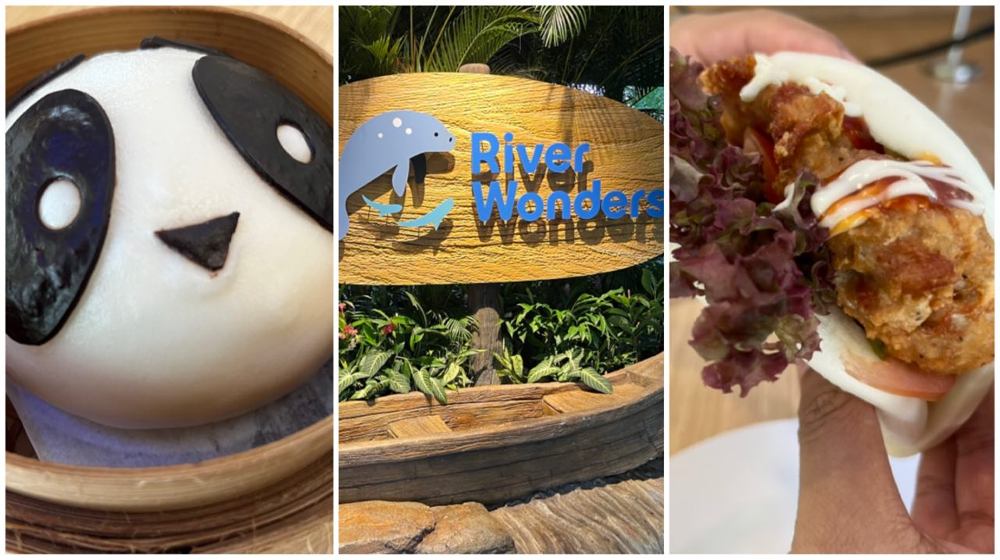
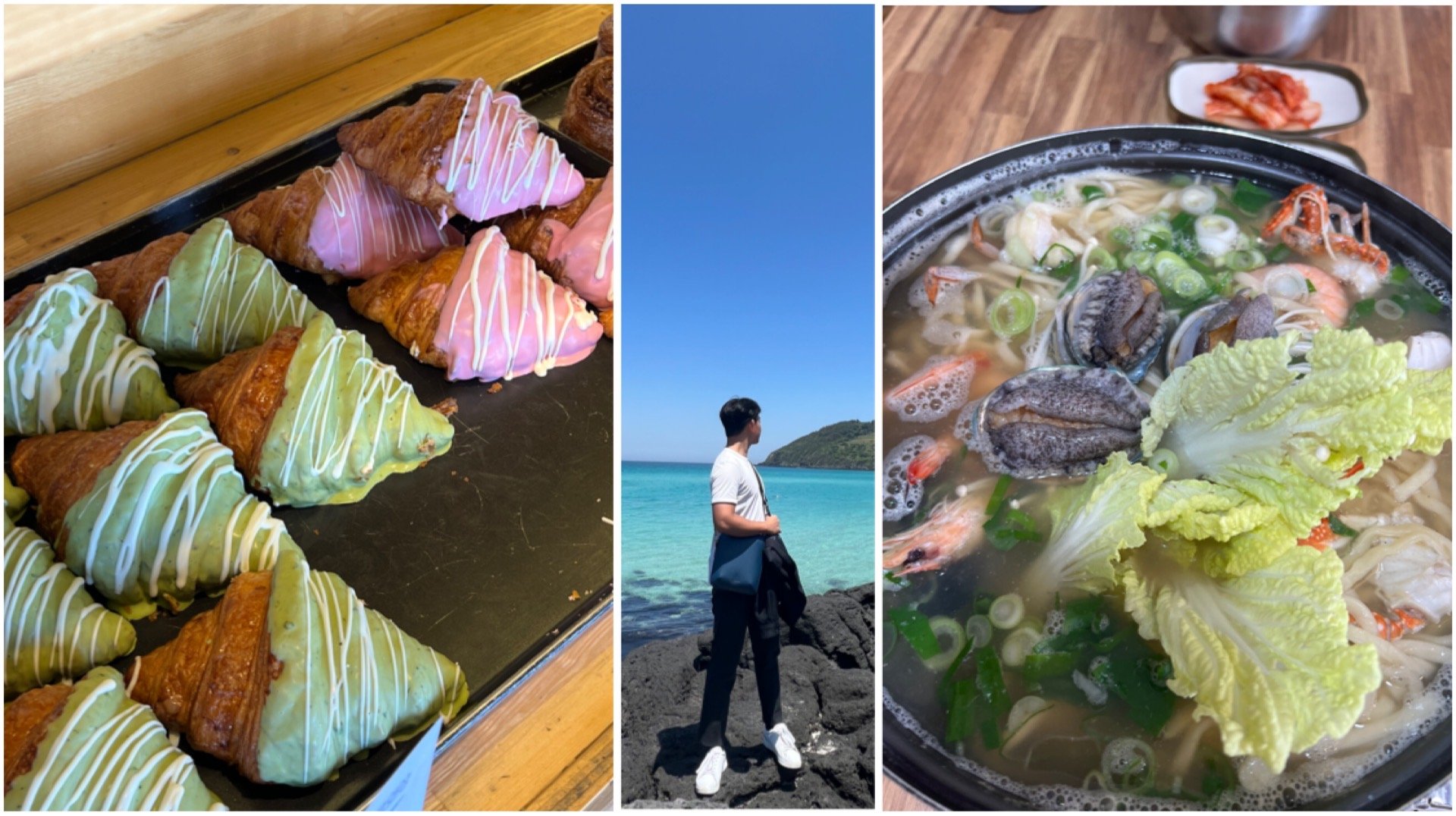

/roundup_5_april_2024_rectangle.jpg?sfvrsn=21b9d2d9_1)



